Understanding the risks of whitewater rafting
Whitewater rafting is an adventure sport that involves navigating a river's rapids in an inflatable raft. It's a thrilling experience that can be enjoyed by people of all ages and skill levels. However, it's important to understand that whitewater rafting comes with its fair share of risks. While serious injuries are rare, there is always a chance of getting hurt if you don't take the necessary precautions.
The risks associated with whitewater rafting include falls from the raft, collisions with rocks or other obstacles, and drowning. These risks are heightened if you're not properly trained or equipped for the activity. It's important to remember that rapids can change in intensity and difficulty depending on the weather, water levels, and other factors. As such, it's essential to be aware of the risks and take steps to mitigate them.
One way to minimize the risks of whitewater rafting is to choose a reputable rafting company. A good company will provide you with the necessary safety equipment, such as helmets and life jackets, and will have experienced guides who can help you navigate the rapids safely.
Essential safety gear for whitewater rafting
Proper gear and equipment are essential for whitewater rafting safety. Before you embark on a rafting trip, make sure you have all the necessary gear, including a helmet, life jacket, and appropriate clothing. The helmet will protect your head from collisions with rocks or other obstacles, while the life jacket will keep you afloat in the event of a fall into the water.
It's also important to wear appropriate clothing for the conditions. If you're rafting in cold water, a wetsuit or drysuit is essential to prevent hypothermia. In warmer weather, quick-drying clothing made from synthetic materials is ideal. Avoid cotton clothing, as it can become heavy and uncomfortable when wet.
In addition to personal protective gear, it's important to have appropriate equipment for the raft itself. This includes a paddle, a throw bag, and a pump. The paddle is essential for maneuvering the raft through the rapids, while the throw bag can be used to rescue someone who has fallen into the water. The pump is used to keep the raft inflated and ensure it stays afloat.
Preparing for your trip: physical fitness and skills training
Whitewater rafting requires a certain level of physical fitness and skills training. While it's possible for people of all ages and skill levels to enjoy rafting, it's important to be prepared for the physical demands of the activity. This includes being able to paddle for extended periods and having the strength to pull yourself back into the raft if you fall out.
Before embarking on a rafting trip, it's a good idea to engage in some physical training to prepare your body for the activity. This could include cardio exercises such as running or cycling, as well as strength training exercises such as weightlifting or bodyweight exercises. It's also a good idea to practice swimming in the event that you fall into the water.
In addition to physical preparation, it's important to have the necessary skills to navigate the rapids safely. This includes learning how to paddle effectively, how to communicate with your fellow rafters, and how to read the water to anticipate rapids and obstacles. Most reputable rafting companies offer skills training as part of their services, so be sure to take advantage of this before embarking on your trip.
Choosing a reputable rafting company
Choosing a reputable rafting company is essential for whitewater rafting safety. A good company will provide you with the necessary safety equipment and will have experienced guides who can help you navigate the rapids safely. When choosing a rafting company, there are several factors to consider.
First, look for a company that is licensed and certified by the appropriate authorities. This ensures that they meet certain safety standards and have the necessary equipment and training to provide a safe and enjoyable experience.
Second, look for a company that has experienced guides who are knowledgeable about the local rivers and the rapids you'll be navigating. A good guide can make all the difference in ensuring a safe and enjoyable trip.
Finally, read reviews from previous customers to get an idea of the company's reputation. Look for reviews that specifically mention safety and ask the company for references if you're unsure.
Safety protocols and emergency procedures on the river
While no one wants to think about the possibility of an accident on a rafting trip, it's important to be prepared for the worst-case scenario. This includes understanding the safety protocols and emergency procedures that should be followed in the event of an accident.
Before embarking on a rafting trip, your guide should provide you with a safety briefing that includes information on emergency procedures. This should include what to do in the event of a fall into the water, how to rescue someone who has fallen in, and how to signal for help if needed.
It's important to listen carefully to the safety briefing and to ask questions if anything is unclear. In the event of an accident, remaining calm and following the procedures you've been taught can make all the difference in ensuring a safe outcome.
Tips for safe rafting: communication, teamwork, and awareness
Communication, teamwork, and awareness are essential for safe rafting. Before embarking on a trip, take the time to get to know your fellow rafters and your guide. Establish clear communication channels and make sure everyone knows their role in navigating the rapids.
During the trip, it's important to remain aware of your surroundings and to communicate any potential hazards to your fellow rafters. If you're paddling, make sure you're paddling in sync with the rest of the group and following the guide's instructions.
Finally, remember that teamwork is essential for safe rafting. If someone falls into the water, work together to rescue them quickly and safely. By working together and communicating effectively, you can ensure a safe and enjoyable trip for everyone.
Understanding river classifications and choosing the right level for your skill level
River classifications are used to describe the difficulty and intensity of rapids. Understanding these classifications and choosing the right level for your skill level is essential for safe rafting. The International Scale of River Difficulty is commonly used to classify rapids, with Class I being the easiest and Class VI being the most difficult and dangerous.
If you're new to rafting, it's important to start with Class I or Class II rapids and work your way up as you gain experience and confidence. Be honest with yourself about your skill level and don't attempt rapids that are beyond your abilities.
When choosing a rafting trip, be sure to ask the company what level of rapids you'll be navigating and make sure it's appropriate for your skill level. Remember, the goal is to have a safe and enjoyable experience, not to push yourself beyond your limits.
Common mistakes to avoid while rafting
While whitewater rafting can be a safe and enjoyable activity, there are some common mistakes that can lead to accidents or injuries. One of the most common mistakes is not wearing appropriate safety gear, such as a helmet or life jacket. Another mistake is not following the guide's instructions or paddling out of sync with the rest of the group.
Other mistakes include attempting rapids that are beyond your skill level, ignoring potential hazards such as rocks or obstacles, and not communicating effectively with your fellow rafters. By being aware of these common mistakes and taking steps to avoid them, you can minimize the risks of whitewater rafting and enjoy a safe and enjoyable trip.
After your trip: debriefing and self-reflection on safety practices
After your rafting trip, take the time to debrief with your fellow rafters and reflect on the safety practices you used during the trip. Discuss what went well and what could have been done differently to improve safety. This can help you learn from the experience and make adjustments for future trips.
It's also a good idea to reflect on your own safety practices and identify areas where you can improve. This could include physical fitness, skills training, or simply being more aware of potential hazards on the river.
By taking the time to debrief and reflect on your safety practices, you can help ensure that future rafting trips are even safer and more enjoyable.
Enjoying whitewater rafting safely and responsibly
Whitewater rafting is an exciting and thrilling activity that can be enjoyed by people of all ages and skill levels. By following the tips and guidelines outlined in this guide, you can help ensure a safe and enjoyable trip for yourself and your fellow rafters.
Remember to prioritize safety by wearing appropriate gear, choosing a reputable rafting company, and communicating effectively with your fellow rafters. By doing so, you can enjoy the thrill of the rapids while minimizing the risks associated with the activity.
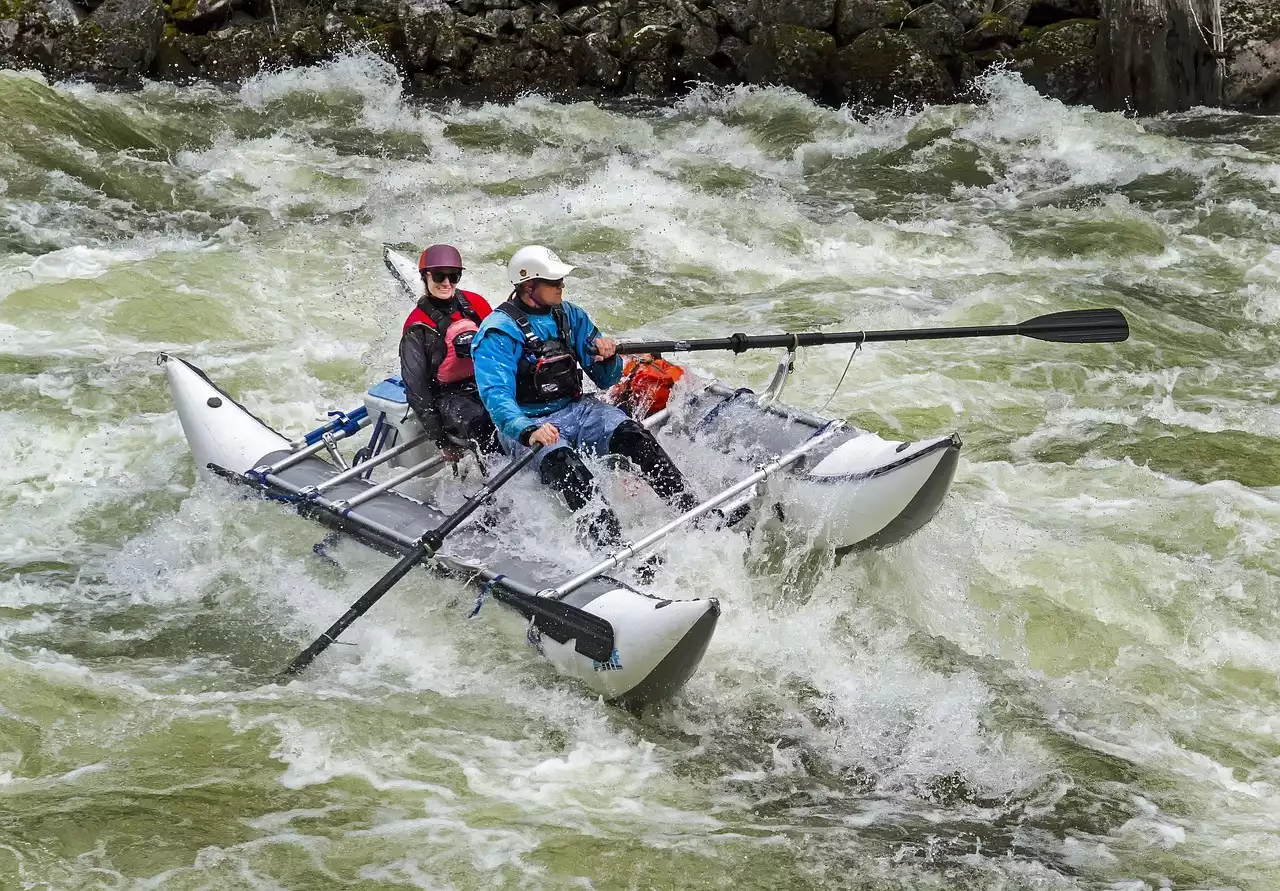
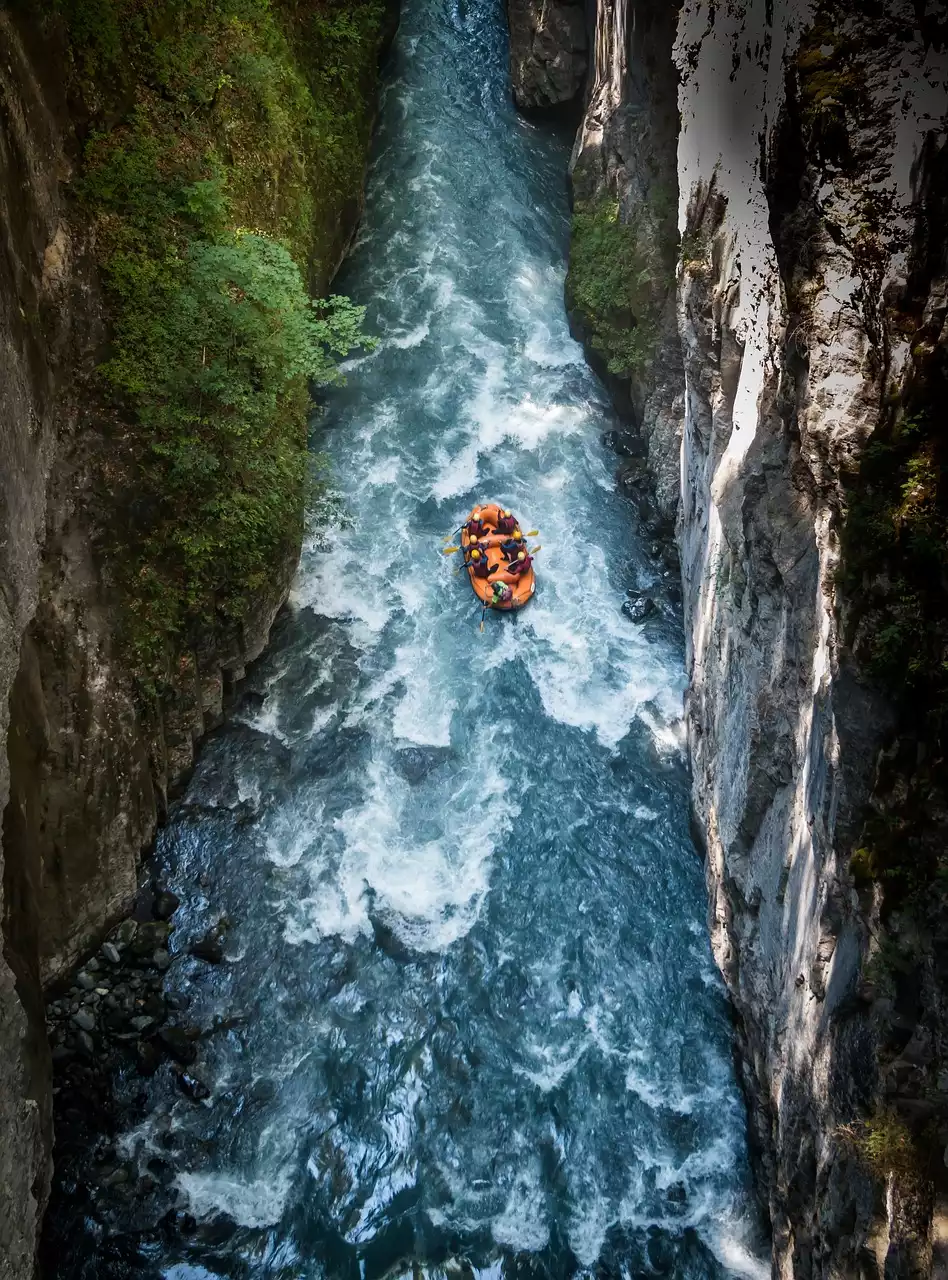
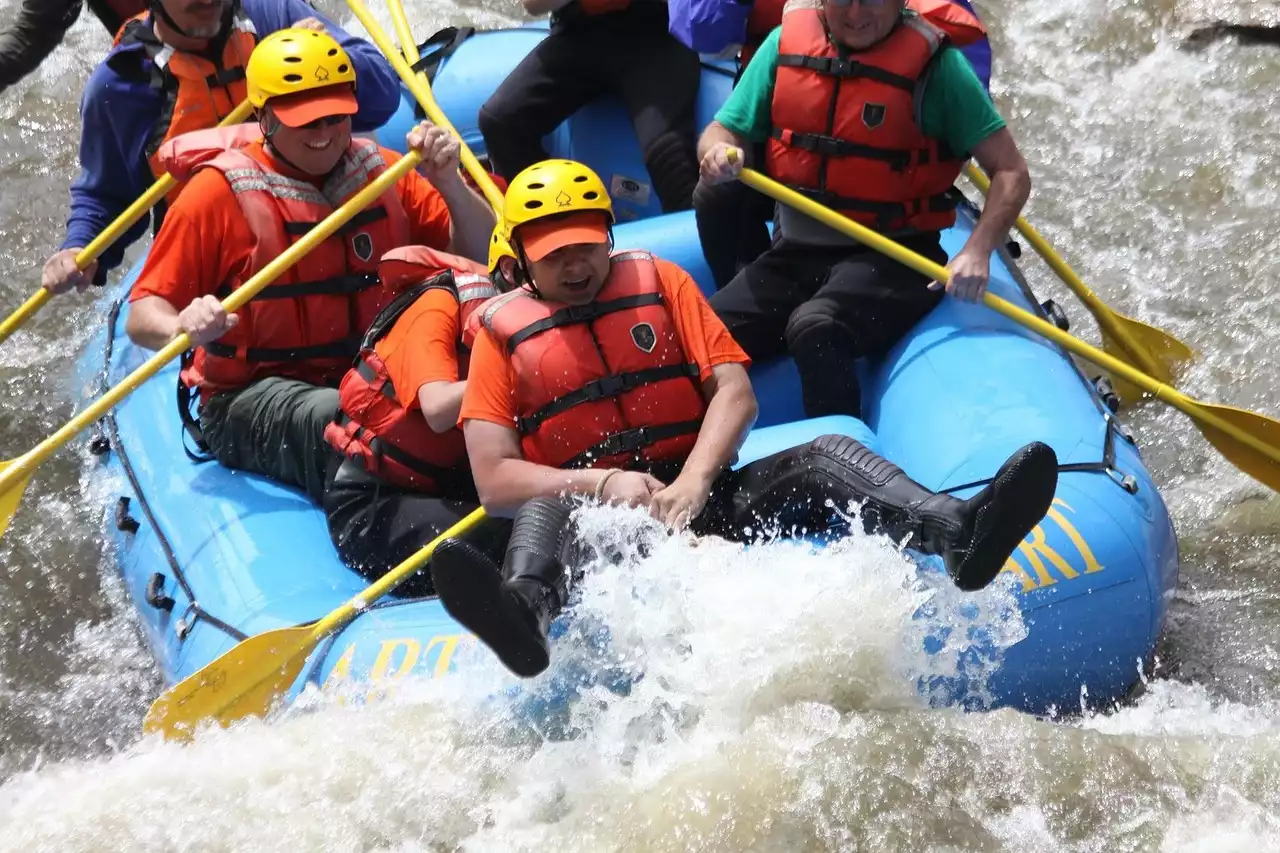
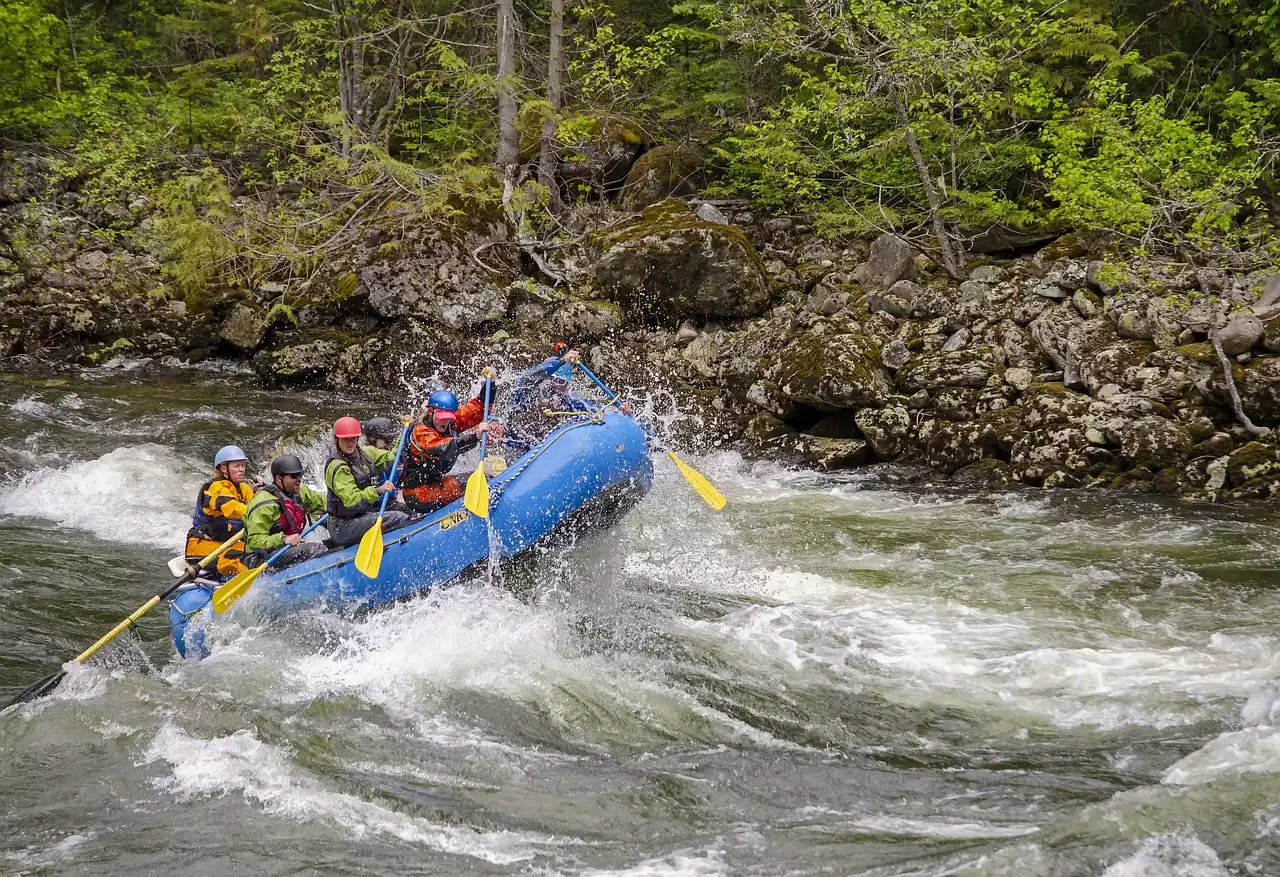
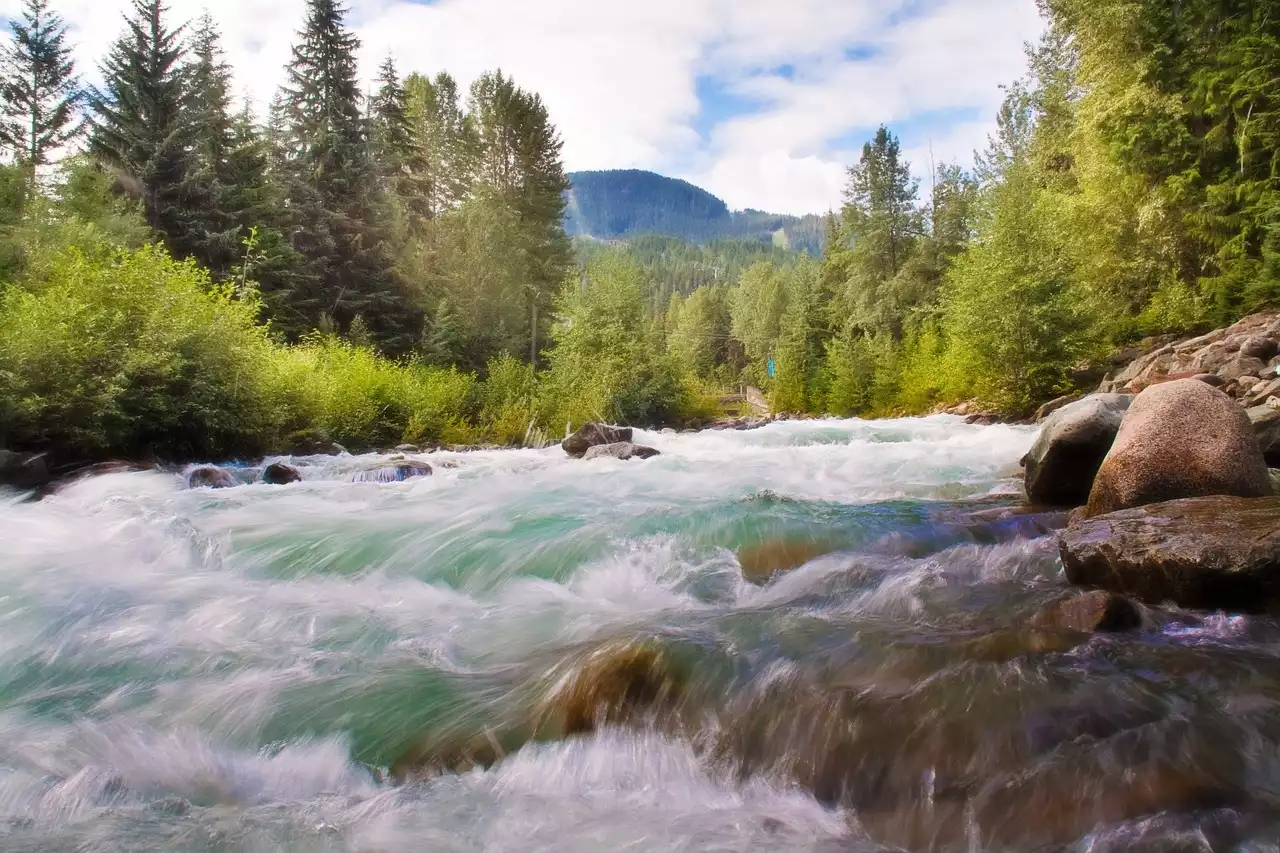


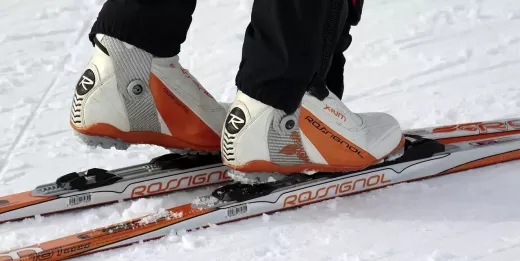
.png?size=50)

